Name Henry Jr. Uncles James Clews Parents Henry Clews | Spouse Louise Morris (m. 1901) Role Artist | |
 | ||
Died July 28, 1937, Chateau de la Napoule, Mandelieu-La Napoule, France People also search for | ||
Henry Clews Jr. was an American-born artist who moved to France in 1914 in search of greater artistic freedom. He is known for the reconstruction of a Mediterranean waterfront chateau on the French Riviera a few miles west of Cannes, known as the Chateau de la Napoule, which today is operated by a trust and is open to the public. Together with his American wife, Elsie Whelan Goelet Clews, renamed “Marie” (1880 – 1959), Clews began rebuilding the medieval fortress in 1918 and continued the fantasy-themed construction for the rest of their lives.
Contents

The main building included an artist’s studio for Henry and an adjacent seaside castle tower enclosing a lover’s tomb where both Henry and Marie are laid to rest in side-by-side stone caskets.
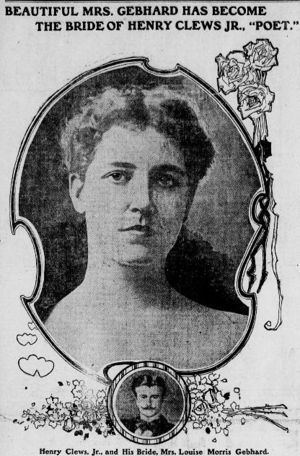
Art work
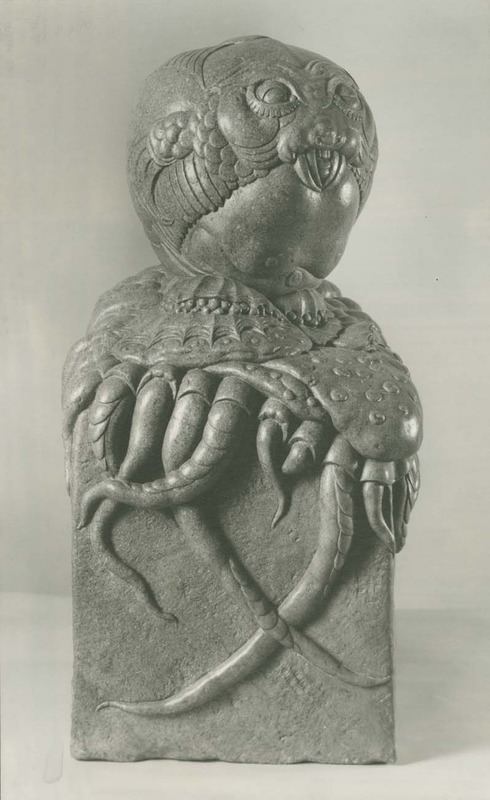
Clews preferred mediums were oil paint and sculpture. The smaller sculptural pieces were often rendered in limestone or porphyry while the larger sculptural pieces were commonly rendered in bronze or marble. His later art was exhibited primarily in France. His earlier art in America was not exhibited widely. There are records of at least two exhibitions in New York during 1909, both at the Fifth Avenue gallery of M. Knoedler & Company. The first exhibition was in March for two portraits and the second in November was for ten sculptures. The New York Metropolitan Museum of Art also has some records of an exhibition from May to August in 1939 after his death. The Louvre museum in Paris records a number of Clews' works in the La Fayette database of American art in France. Clews’ best-recognized work is the bronze and marble sculpture entitled “God of Humormystics”, the original of which is on display in the garden at Chateau de la Napoule. The American Art News of 12 February 1916 refers to this sculpture being on display in the galleries of Jacques Seligman & Co. at 750 Fifth Avenue in New York City. There is an unconfirmed report of a copy of the “God of Humormystics” being on public display somewhere in the State of Virginia, so if the report is true, the copy is likely the same one that was on display in New York in 1916. The sculpture itself was described by a critic and reviewer in 1916 as
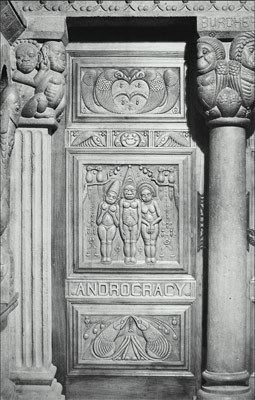
"A strange artistic production, full of odd imagery.... From a basic column of colored marble, about whose base disport three bronze amorini, one with wings and drunk, and another uplifting a wreath, rises an emaciated and strongly modelled bronze figure of an aged man, crowned with a bird's nest at whose edge two doves bill and coo. He stands on a base, bearing a woman's head and hand and a colossal frog. He holds in one hand a rose and in the other nothing. About the round base circle 18 heads, including those of the Saviour and the Virgin, and others, crowned and uncrowned, but nearly all grotesquely ugly. Inspired by the early art of the Chinese the work is a bitter satire on life, sardonic and rather horrible, if somewhat fascinating."
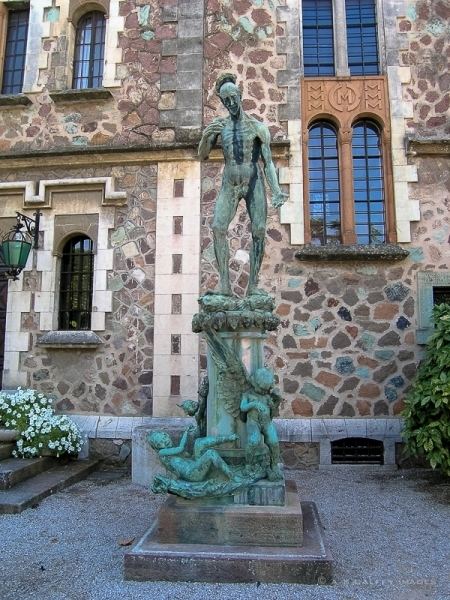
Another sculpture of a solitary male figure entitled "The Thinker" has been on public display in the Brookgreen Gardens in Myrtle Beach, South Carolina for nearly 80 years. Brookgreen also holds and displays several other smaller works by Clews, consistent with its mission "To collect, conserve and exhibit figurative sculpture by American artists."
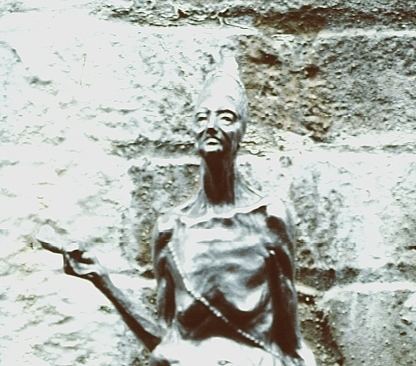
Clews' art has been referenced by contemporary artists, including John Olsen in photography and Sigmund Abeles in sculpture. Abeles credits the Brookgreen Gardens display of Clews' work as being a seminal influence on choosing art and sculpture as his own life's work. A joint exhibition of both Abeles' and Clews' art entitled "Creative Encounters" ran from July to October 2012 at the Wentworth-Coolidge Commission in Portsmouth, New Hampshire.
Family life
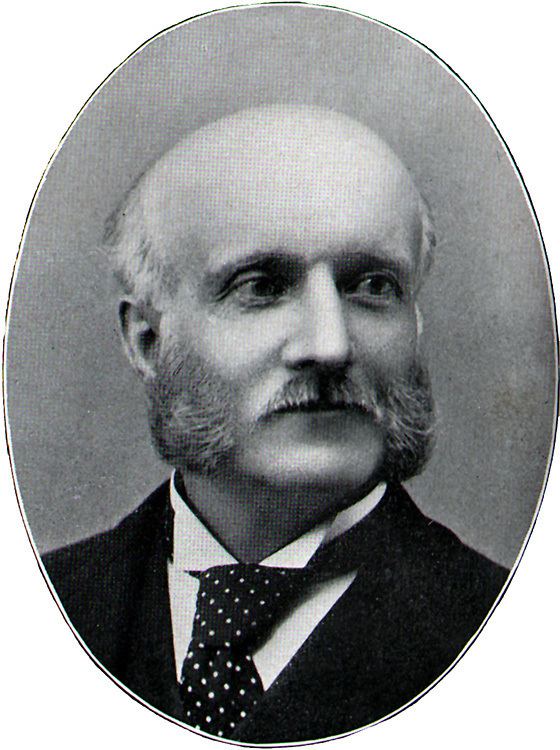
Clews’ was born into a reputable New York family that was well-connected in Newport society. His father Henry Clews was a well-known and wealthy Wall Street investment banker. His mother Lucy Madison Worthington was a relative of US President James Madison and a direct descendent of American Revolutionary War brigadier general Andrew Lewis. One of Clews' aunts was married into the Vanderbilt family and another into the Astor family. Clews’ older sister Dr. Elsie Worthington Clews Parsons became a renowned anthropologist, author and activist, with three university degrees, including a Masters and a Doctorate from Columbia. During the same period of time when his 1-year-older sister was achieving academic success, Clews himself failed at three successive universities by the time he was 20 years old, having been expelled from Amherst College, dropping out of philosophy at Columbia and then thrown out of the University of Hanover in Germany. Clews then joined the family financial firm under the tutelage of his father, but that business held no long-term future for his artistic sensibilities. Clews was married in 1901 to divorced New York socialite Louise Morris Gebhard but that marriage also ended in divorce. Clews’ second wife Marie had been previously married to a wealthy Newport businessman from a prominent and wealthy family and was herself born into a prominent family. Henry and Marie met at a New York social function and married in 1914, moved to Paris shortly afterwards and then found their home at the medieval French Riviera chateau when living with their young son in Paris during the First World War became too difficult. During their two decades together in residence at the chateau, in addition to the reconstruction and the creation of art, they also hosted elaborate parties for European society and American expatriates. The local villagers were not forgotten by the Clews, who built a fisherman’s beach with harbour and arranged for religious services and other events on the chateau grounds for people in the town. When Henry died in 1937 the funeral procession included virtually the entire village.
Posthumous art preservation
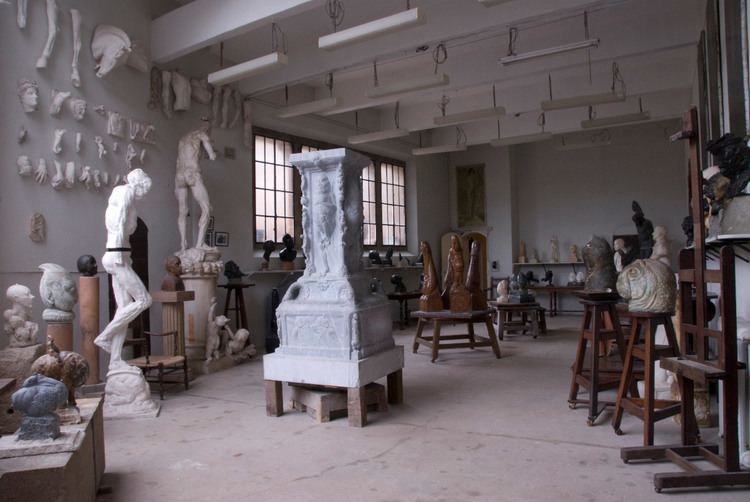
After Henry’s death Marie struggled to stay on at the chateau during the Second World War years when Axis forces took over the grounds. Marie lived in the gatehouse and managed to preserve much of Henry’s art along with chateau relics by burying them in the expansive gardens. When the Allied forces liberated the village Marie was surprised to see that the troops were led by one of her cousins, an American officer. After the war Henry’s art was re-displayed at the chateau and in 1993 the facility became designated as a historic monument administered under the French Ministry of Culture. Today it is one of the leading attractions in the region and the art of Henry Clews Jr. is on continuous public exhibition.
In print
There are few surviving literary references to Clews' life and art. The most notable exception is the memoir of Marie Clews "Once Upon a Time at La Napoule" which was published post-humously in 1998 with the production efforts of Mancha Madison Clews (1915-2006), the only son of Henry and Marie. Author Lanie Goodman has written two articles about Clews. In the 2007 journal "Siennese Shredder", Clews is the subject of an article describing his "quirky, quixotic kingdom" and is characterized as a "reclusive misanthropic sculptor". In a later travel article for the Wall Street Journal, Goodman writes that "...Clews was one of many eccentric expatriates welcomed on the Riviera in the freewheeling 1920s." The French author and academician André Maurois wrote a contemporary account entitled "The Strange World of Henry Clews", which is said to have a preface written by painter Jean-Gabriel Domergue, but the volume is rare. A brief volume entitled "Henry Clews Jr., Sculptor" was published by the University of Michigan in 1953 and digitized in 2006. Clews himself is reported to have authored an unpublished autobiographical manuscript of 1023 pages in the form of a play entitled "Dinkelspieliana". One of the few items that does exist in print is a note authored by Clews on 15 March 1909 addressed to "Dear MacCameron", a reprinted copy of which accompanies the exhibition notes to the "Two Portraits" exhibition at Knoedler & Co. in New York that year. In that note, Clews opines
"The artist - the poet - is a constant problem; a perplexity. He can never be satisfactorily catalogued.... The artist never really finds himself, nor does he seek to find himself.... In his earliest day dreams he instinctively knows that he has chosen the steepest, the most solitary and the most dangerous path; a path which differs from all others in that it is without resting place, guide, or goal; and that his only compensation can be found in his pangs and joys of creation. Other men may be judged by their ability, and success in skillfully penetrating a difficult or an easy close. But the artist aims at an ever receding goal, and if he be judged at all, it must be by his poetical effort of approach to the unattainable."
Legacy
The Clews Centre for the Arts operates through the La Napoule Art Foundation, an organisation founded and maintained in part by Clews' descendents. In addition to maintaining the Chateau as a museum, the foundation also offers annual residencies to artists and operates an active program of artistic classes and events. Henry and Marie Clews’ "artistic and eccentric" early 20th-century lifestyle on the French Riviera is hinted at on the inside of the main entrance door to the Chateau where the estate motto is carved into the lintel: “Mirth, Myth and Mystery”. On the outside of the same entrance door, greeting visitors, is the inscription in stone “Once Upon a Time…”.
